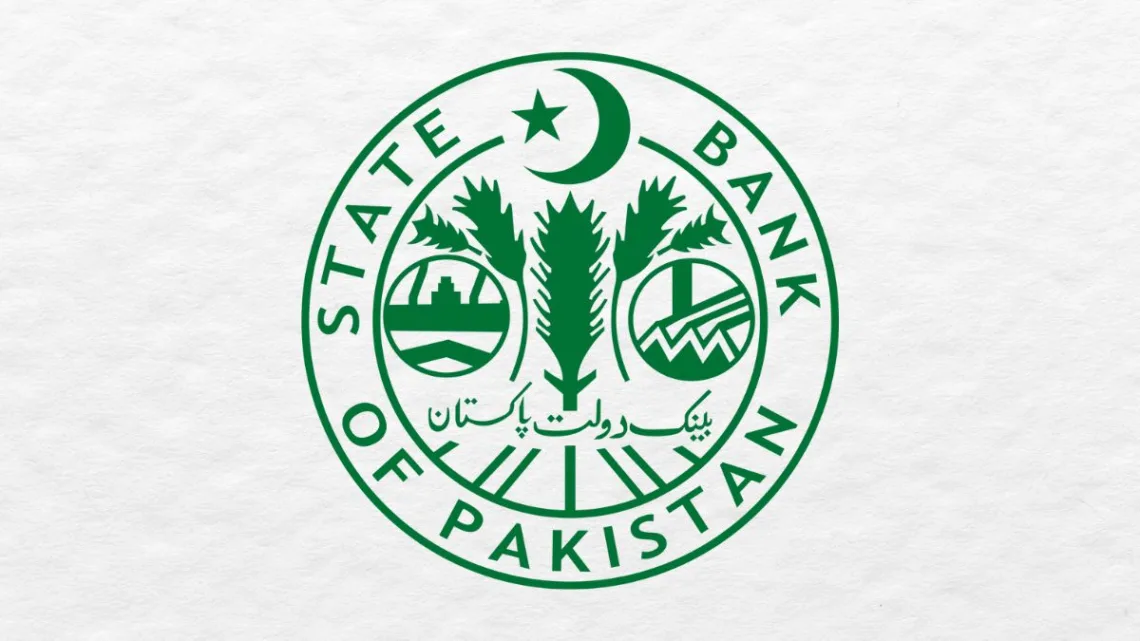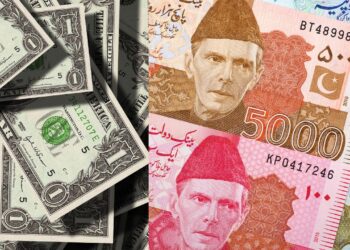The State Bank of Pakistan’s (SBP) Monetary Policy Committee (MPC) recently made the call to keep the policy rate steady at 22 percent in their latest meeting. Their decision stems from worries about frequent changes in administered energy prices, affecting the expected decline in inflation. Although non-energy inflation is aligning with predictions, the committee highlights that the real interest rate remains notably positive when looking ahead over the next 12 months.

Discussing key developments since the December meeting, positive strides have been made in foreign exchange reserves, fiscal consolidation, and a generally optimistic business atmosphere. However, geopolitical tensions in the Red Sea region are causing some anxiety about global trade and commodity prices. The committee emphasizes the importance of maintaining a tight monetary policy stance, coupled with fiscal consolidation and timely external inflows, to meet the inflation target of 5-7 percent by September 2025, accounting for recent and anticipated adjustments in administered energy prices.
Shifting focus to the real sector, recent data signals a moderate economic recovery, mainly propelled by advancements in the agriculture sector. The GDP growth projection remains steady at 2 to 3 percent for FY24. Despite a slight dip in large-scale manufacturing in the initial five months of FY24, there was a modest increase in November. Business sentiments in both industry and services turned positive for the first time since April 2022, hinting at a potential momentum pickup in the industrial sector from H2-FY24.
Examining the external sector, a current account surplus in December 2023 significantly reduced the H1-FY24 deficit by 77 percent to US$ 0.8 billion. The export sector recorded a 5.3 percent year-on-year growth during H1-FY24, supported by advancements in rice and high-value-added textiles. Import volumes decreased due to lower international commodity prices, improved domestic crop output, and reduced oil imports. Workers’ remittances also showed improvement for the second consecutive month in December. The forecast for the current account deficit for FY24 remains steady at 0.5 to 1.5 percent of GDP.
Shifting to the fiscal sector, positive fiscal position developments were observed during Jul-Oct FY24, with the overall deficit decreasing to 0.8 percent of GDP. The primary surplus increased to 1.4 percent, driven by enhanced revenue collection and controlled expenditures. The MPC underscores the significance of continuing fiscal consolidation for sustained public debt management and overall macroeconomic stability.
In the realm of money and credit, broad money (M2) experienced a surge of 17.8 percent year-on-year as of end-December 2023, attributed to temporary factors and expected to reverse in the upcoming months. Improvements in the external position bolstered the net foreign assets of the banking system, while growth in net domestic assets slowed due to a deceleration in private sector credit. The committee acknowledges the declining trend in the currency-to-deposit ratio.
Turning attention to the inflation outlook, both food and core inflation have been on a moderating trend, reflecting the positive impact of a tight monetary policy stance, fiscal consolidation, lower global commodity prices, and enhanced domestic crop output. However, significant adjustments in administered energy prices since November 2023 have somewhat diluted this positive impact, influencing near-term inflation expectations. The MPC underscores the necessity for reforms in the energy sector to establish sustainable price stability.
In summary, the MPC maintains a cautious approach with a tight monetary policy stance, considering concerns about inflation and external risks. The real sector shows promise with a moderate economic recovery, particularly in agriculture, and positive shifts in business sentiments. External improvements and positive fiscal developments contribute to an optimistic outlook. The committee stresses the ongoing need for reforms, especially in the energy sector, to ensure long-term price stability.















